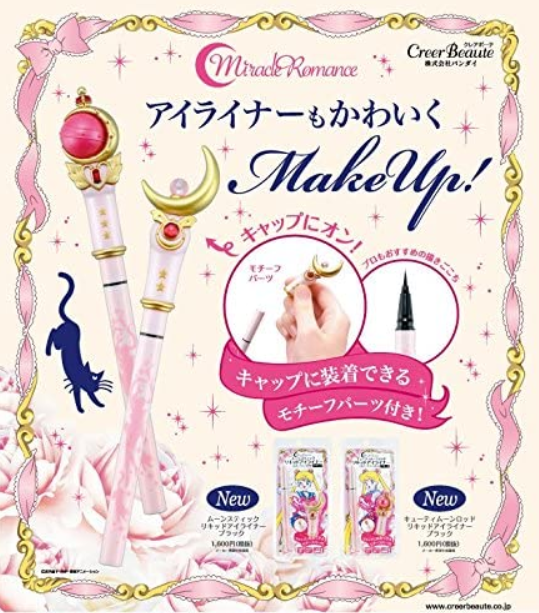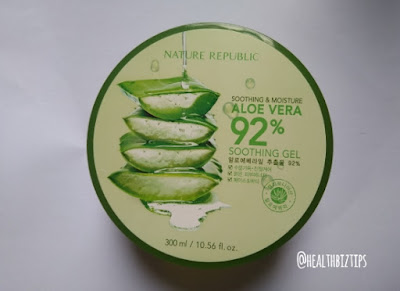The Cancer in Coffee
Is Coffee Cancerous?
 |
| The Cancer in Coffee |
By: Arlene Gentallan
@healthbiztips
There's a chemical in your steaming cup of coffee that can make it less appealing--it's acrylamide, a potential carcinogen.
Acrylamide is a white odorless compound considered by the National Cancer Institute's (NCI) National Toxicology Program's Report on Carcinogen as a reasonably anticipated carcinogen to humans based on studies made in rats.
What the animal study says...
Experiments made in rats revealed that when rodents were exposed to acrylamide, they consequently developed cancer.
Coffee and Cancer in Humans
However, studies in humans have shown conflicting results. Some studies found a link between acrylamide exposure to humans and development of cancer, while other studies found insignificant correlation.
It is a known fact that humans metabolize acrylamide differently from rats. It was argued that the acrylamide content of coffee was significantly low that it couldn't possibly lead to the development of cancer among humans.
Acrylamide can damage nerves
There were two identified cases of occupational exposure to high levels of acrylamide which resulted to nerve damage.
Why is acrylamide in your coffee?
Acrylamide is formed during the heating process. So, roasting coffee beans doesn't just make it taste better, it also paves the way for the formation of the potential carcinogen acrylamide.
Acrylamide is not just found in coffee...
But before you decide to give up on coffee, let me tell you that you're still ingesting acrylamide when you eat french fries, hash brown, bread, biscuits, cookies, cereals, canned black olive, and prune juice. How? Exposing carbohydrates to heat can produce acrylamide.
Do you smoke? Acrylamide is one of the many toxic ingredients found in your stick of tobacco.
Acrylamide has an industrial use
Did you know that acrylamide is widely used to make common household materials like plastic, paper, adhesive, and water purifier.
There's more acrylamide everywhere
Humans are exposed to acrylamide via a number of ways like ingestion, inhalation, and dermal contact.
Dermal contact. So, if the paper you've held was made using acrylamide, chances are, you've been exposed to traces of acrylamide. The water you've just ingested may have been purified with the aid of acrylamide. You get the idea? You may be getting something more when using your lotion stored in a plastic bottle.
How much is too much?
Currently, a established guideline is not yet available to tell us exactly how much acrylamide content is within threshold level.
The presence of acrylamide in coffee stirs much controversy which may downplay coffee's many beneficial wonders. Without a prescribed guideline, it can be confusing and worrisome to us, consumers, since ultimately it is up to us to make the right choice for our health.







